Plants and Gardens
Explore our Gardens and galleries to find plants and Museum objects made from natural materials in this resource. Or, if you would like to make your own trails or work sheets tailored to your visit, the images and text on this page can be easily copied and pasted to your own design.
- Perhaps use images from objects located in different galleries and in the Gardens to create a challenge or simple trail through the Museum to find specific objects or places.
- Use object images to encourage independent research, for instance, find out and write down three facts about an object or group of objects. Alternatively, give facts or clues to challenge your pupils to identify mystery objects.
- Set an alphabetical challenge to find or draw 26 objects one for each letter of the alphabet.
- Create a sketchbook challenge.
Please note that our Natural History Gallery is now closed as part of a major 2 year redevelopment, Nature + Love. The rest of our galleries, displays and gardens will be open as usual, with plenty across the site to support your topic (including our Music and World Galleries).
Due to the gallery closure, the Nature Base is also closed, and bees are no longer on display.
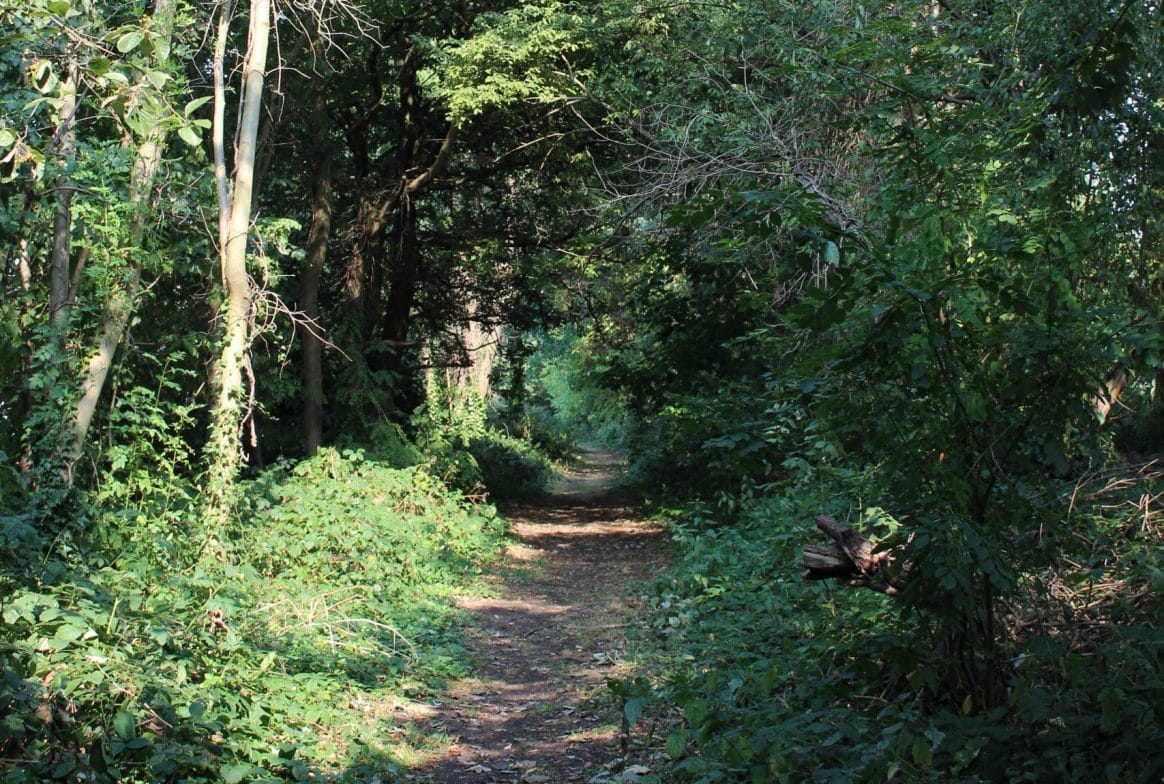
Nature Trail
The railway was closed in 1954 and quickly became a wild woodland area. There is an apple tree growing along the Nature Trail that possibly grew after a train passenger threw an apple core out of the window!
Today, we look after the trail, encouraging a wide variety of plants so lots of birds and insects come to visit. We have a pond and a meadow to attract new species, and a log pile area gives minibeasts somewhere to live. We have even found the endangered stag beetle living on the trail.
Which plants and animals can you find down on the Nature Trail? Why is it important to encourage wildlife in cities?
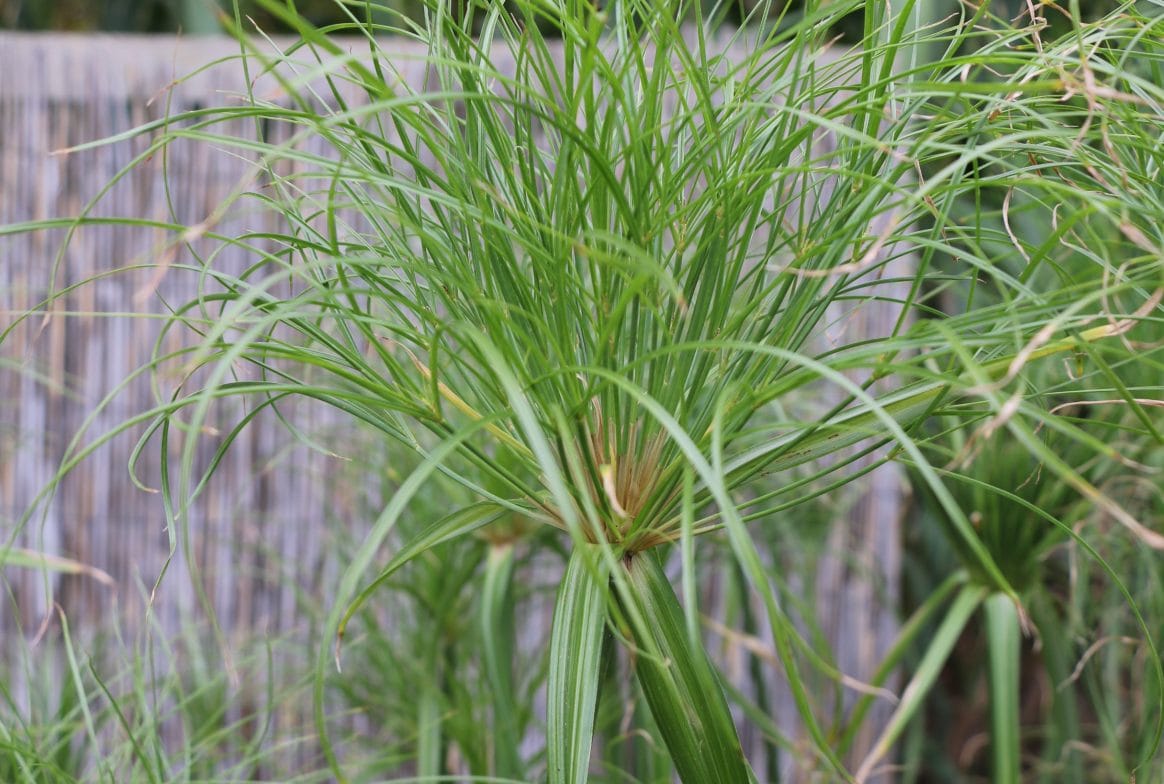
Papyrus
Many of the plants that we grow in the Gardens, like this one, are from warmer climates than London. We often have to protect them from the colder winter temperatures, which can mean digging them up and putting them in the greenhouse until the spring.
What else could you do to help a plant from a warm country live in London?
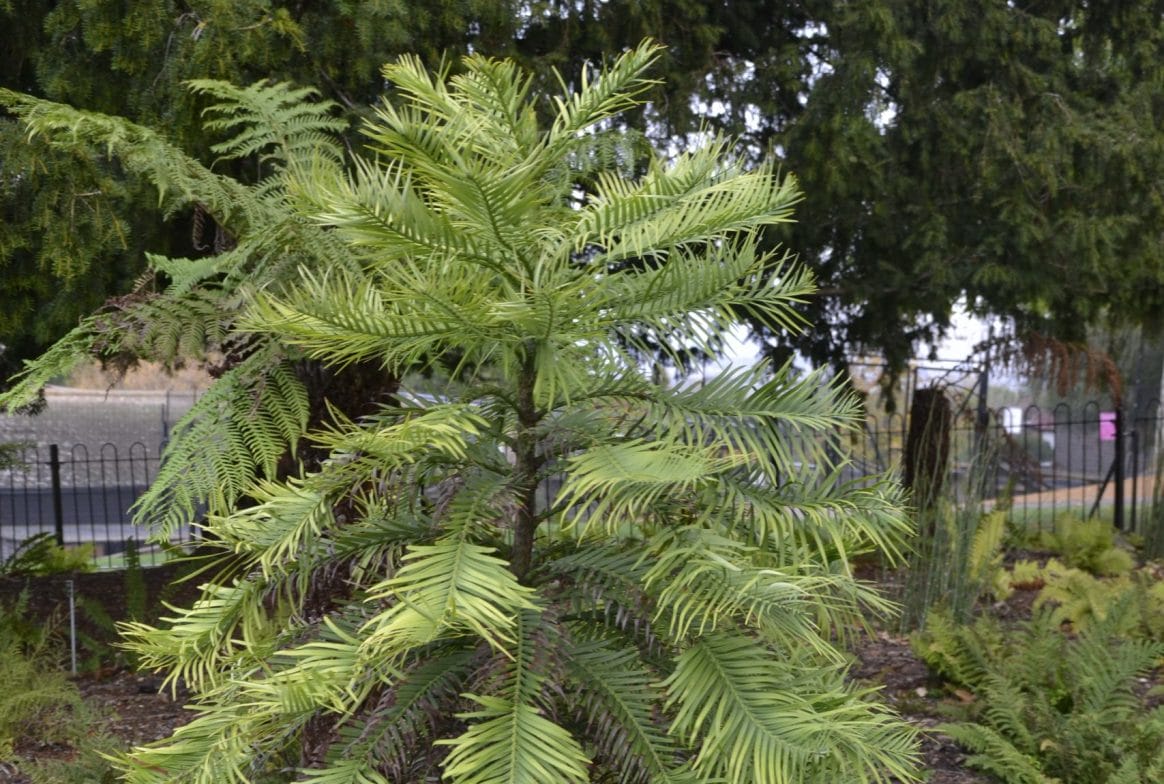
Wollemi pine
Our Wollemi pine was planted in the Horniman Gardens in 2016 and grows alongside other ‘living fossils’ – plant species that have been around for millions of years. These include a monkey puzzle tree, tree ferns and a ginko tree.
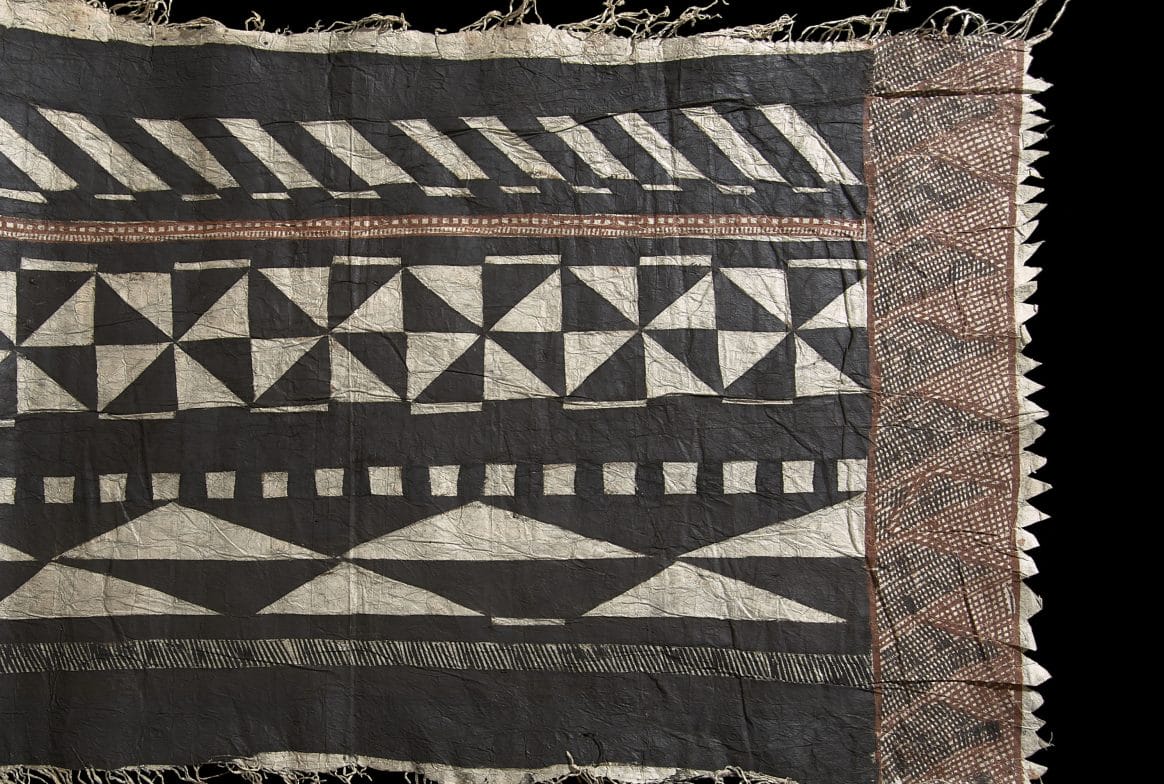
Bark cloth
Beaten strips of the cloth are overlapped and beaten again to make a much longer piece of barkcloth. They are then hand decorated with paint or stencils.
Lots of things are made from barkcloth including headdresses, masks and body decorations, for every day and ceremonies.
What patterns can you see on this piece of barkcloth? What other objects in the museum can you find that are made from parts of trees?
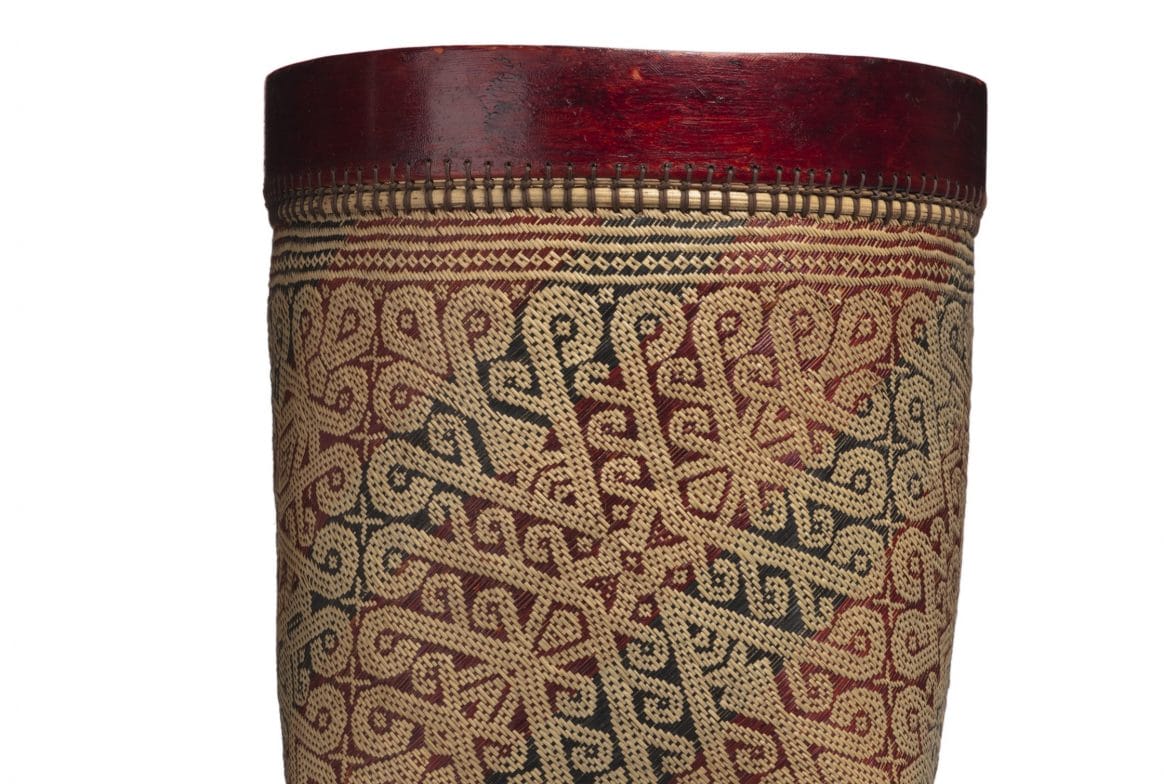
Wedding basket
It was made by weaving leaves from palm trees together. It is called a wedding basket because it is said to have been used for carrying things during a wedding ceremony.
Baskets shaped like this are now used to carry rice seed for planting, and can be worn on a person’s back by adding straps to the top. Rice plants grow well in places like Borneo, where the climate is hot and wet.
What do we call a climate that is hot and wet? Which other plants might grow well in a climate like that?
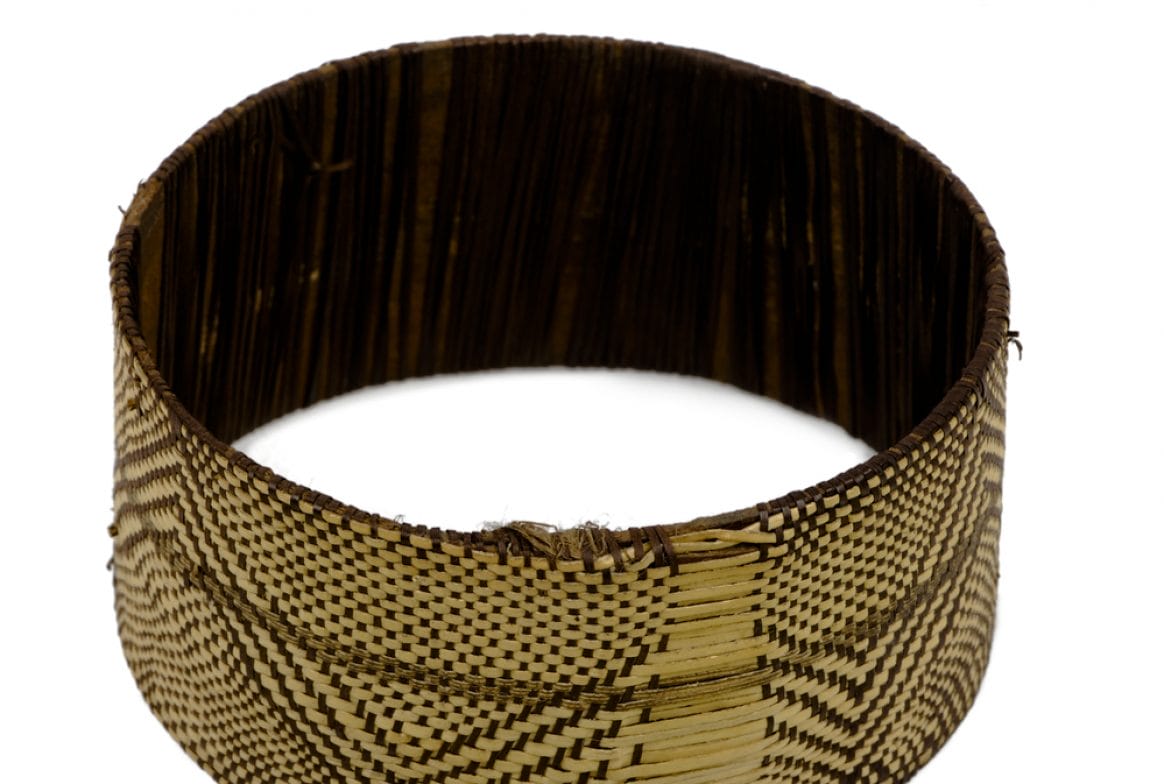
Nabu
Pandanus leaf is also used in cooking to make desserts.
A ribbon, made from a fern, is woven around different sticks to create the beautiful design. The name of this nabu, kenoni nabu, comes from the zig-zag decoration called kenoni.
Have you seen a design like this on other jewellery?
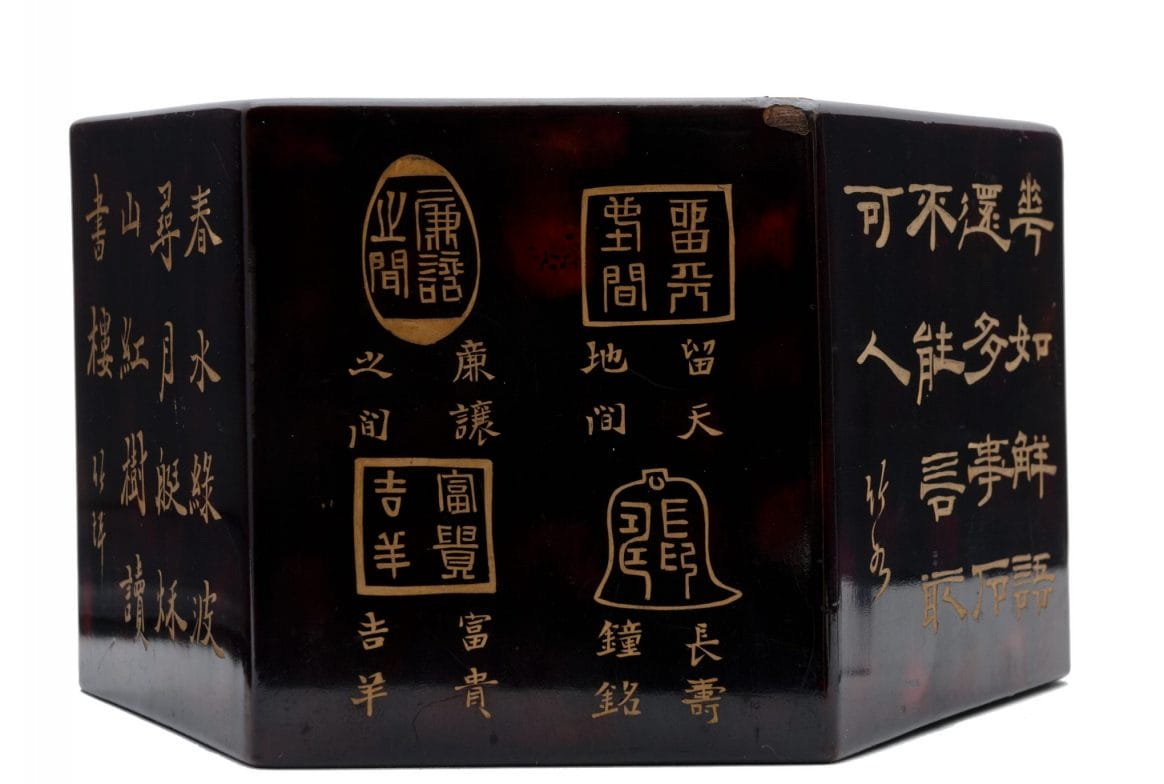
Tea caddy
Tea was a very important part of Mr Horniman’s life. He was a tea trader who travelled the world. He first saw tea plants growing in Darjeeling in India.
Tea plants belong to the Camellia family and are evergreen (grow all year round). In India, tea grows on steep slopes,up to over a kilometre high.
Have you ever seen a tea plant? Can you think of other plants that we turn into drinks?
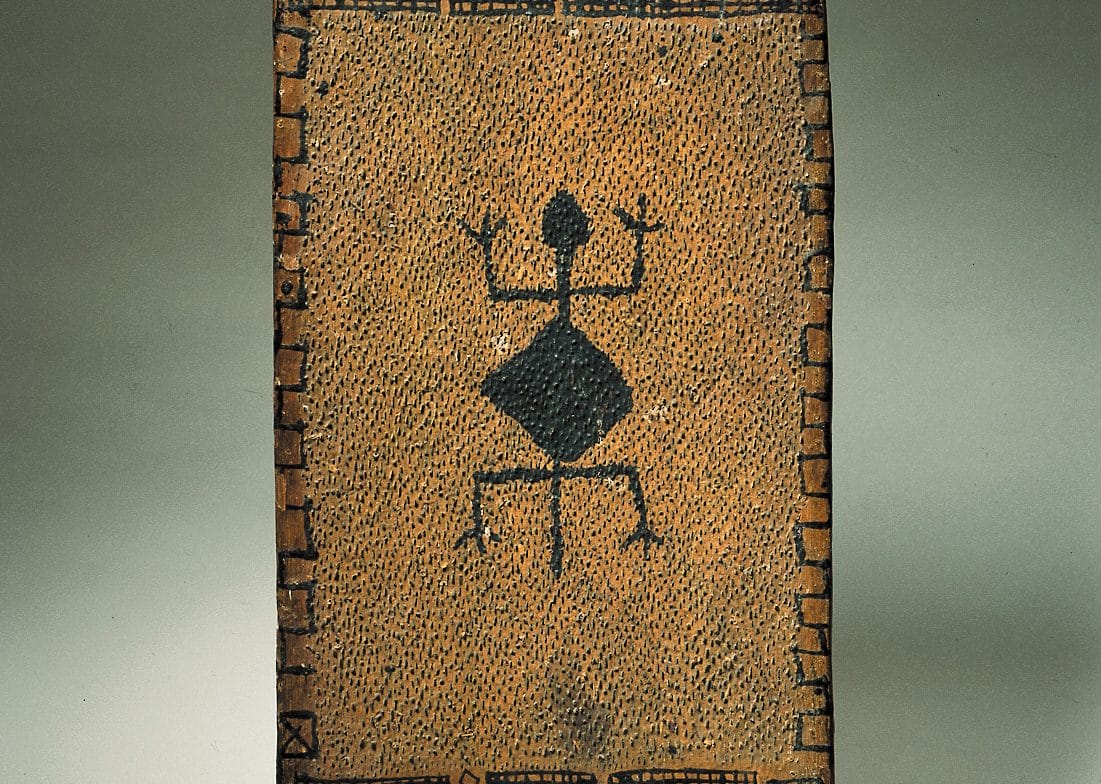
Cassava grater
This cassava grater was made by WaiWai people who live in the Amazon rainforest in Guyana and often eat cassava. Once the cassava has been grated, it is put in a long, thin squeezer to get rid of the poisonous juices. The cassava is then washed and dried, and used to make flour to make large flatbreads.
Which other plants can you think of that we use to make flour? Have you eaten any of them?
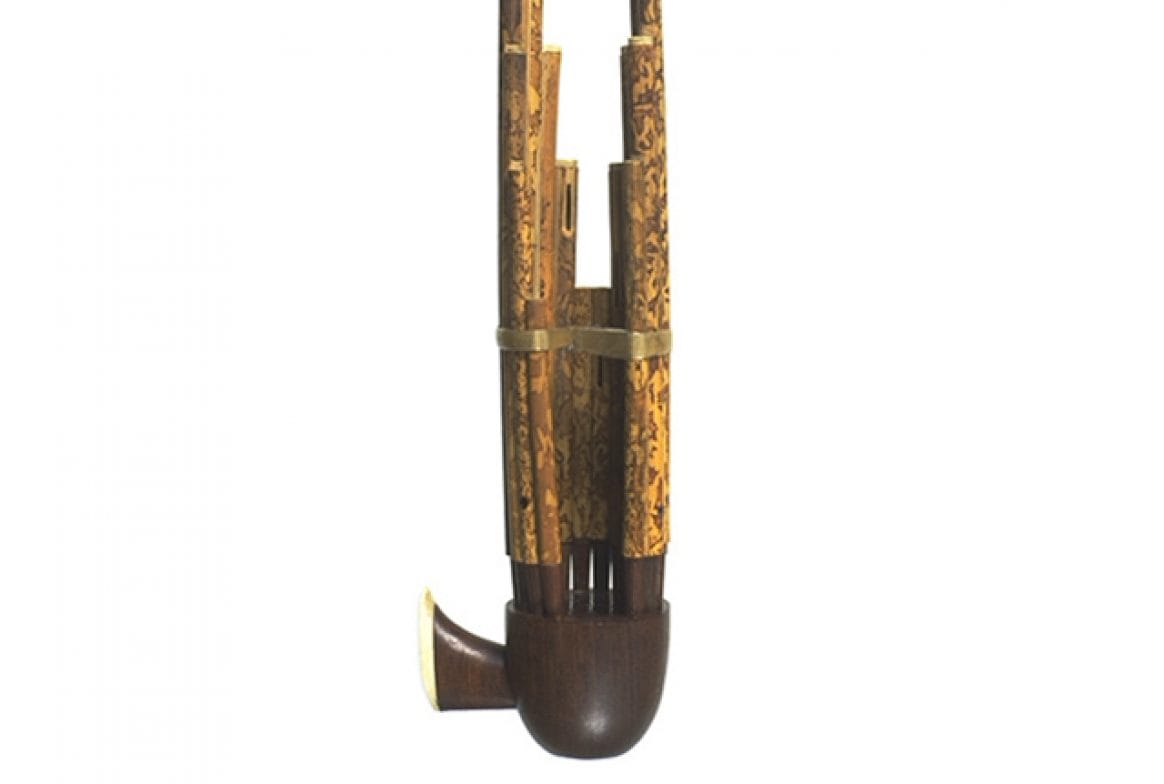
Sheng mouth organ
Bamboo is a grass that grows quickly and up to 20 metres high. It is a good building material because it is so strong. Bamboo shoots can also be eaten.
Here, bamboo has been used to make this mouth organ because it is hollow, allowing air to flow through it. Each bamboo tube is joined to a reed, which vibrates when the player blows into it, sounding a note when the small fingerhole in the side of the tube is covered.
Can you find some bamboo in our Gardens or another green space? Which other instruments are made from bamboo?
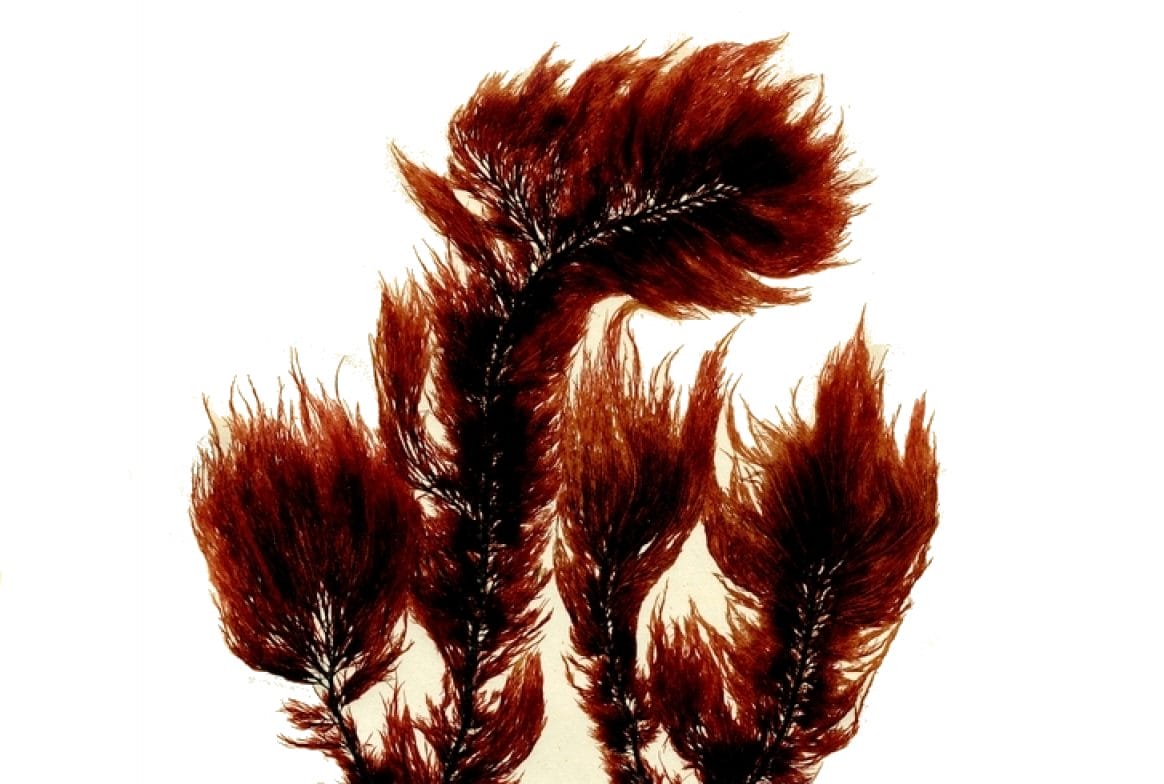
Seaweed sample
This sample shows rodophyta or red algae.
Red algae fossils were found in India between 2006 and 2011, dating back 1.6 billion years. They are the oldest plant-like fossils ever found.
What’s your favourite unusual plant? If you could collect a plant to show someone 150 years from now, which plant would choose?
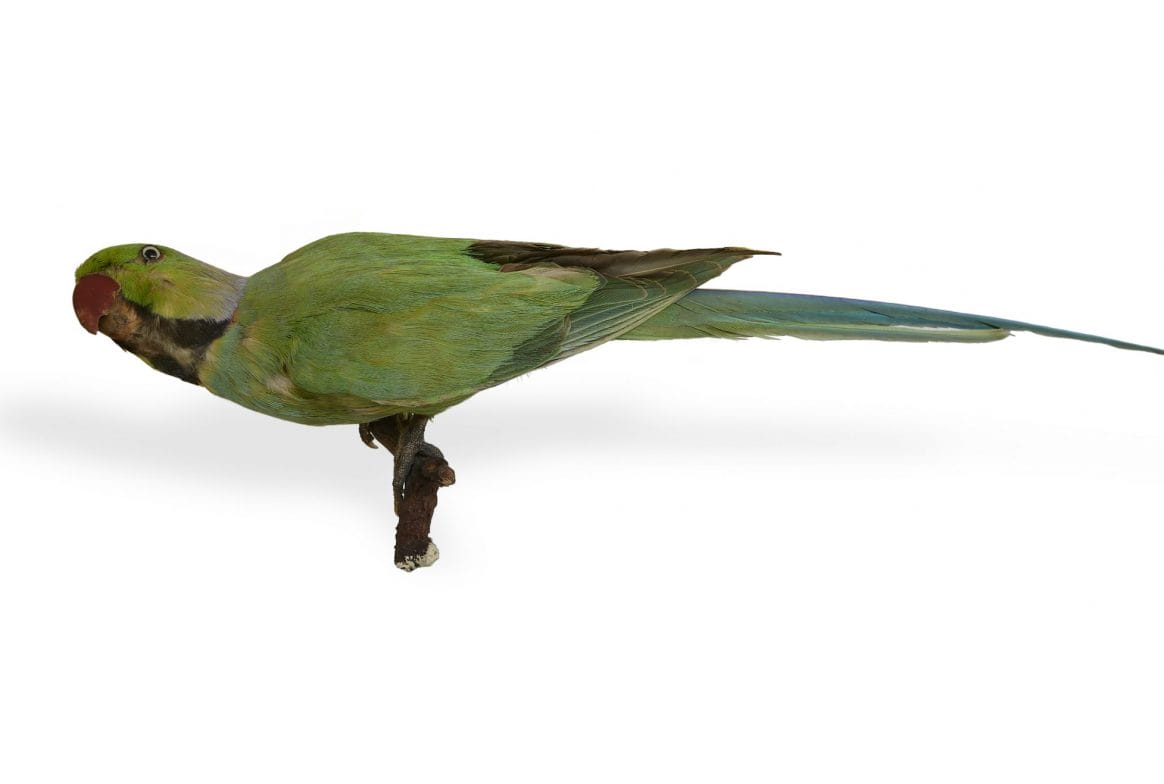
Rose-ringed parakeet
Birds like this are important for dispersing seeds that then grow into plants. Parakeets are particularly good at eating then distributing chilli seeds. There are lots of ways that seeds are dispersed: sometimes animals store seeds and then forget about them, or pick seeds up on their fur and feathers and carry them to a new location. They also eat them and poo them out!
Why do you think there might be so many parakeets in London?
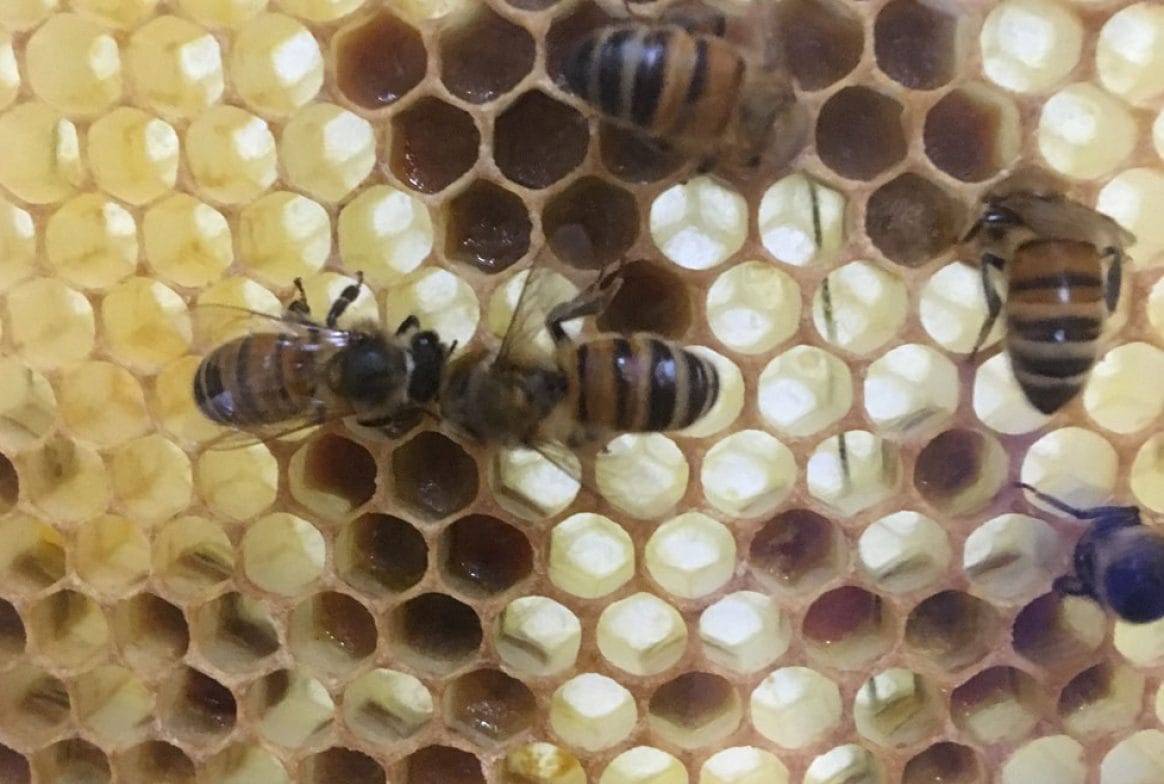
Nature Base Bees
Bees are very important in pollinating plants. Pollination is when pollen from one flower or plant is transferred to another. This results in fertilisation, which allows new seeds to be made. Most plants rely on insects such as bees to pollinate them.
The number of wild bees are in decline worldwide. The plants we grow are important – flowers with lots of nectar and pollen encourage bees into our parks and gardens, which means those plants can survive, thrive and produce seed and fruit.
Bees especially like blue and purple flowers! Which plants can you think of that they might find attractive?












